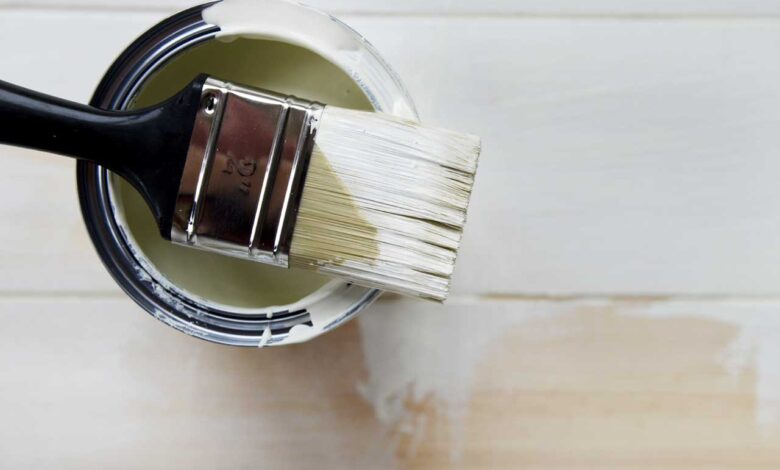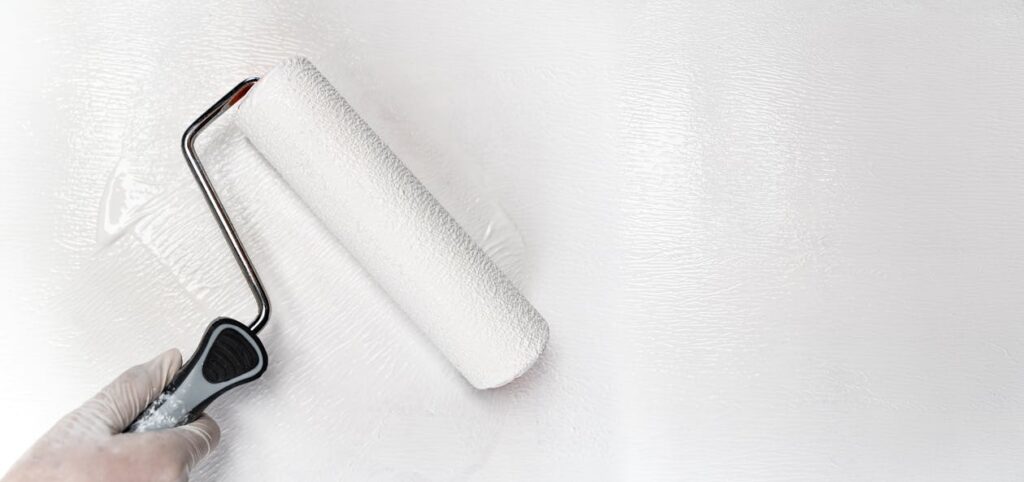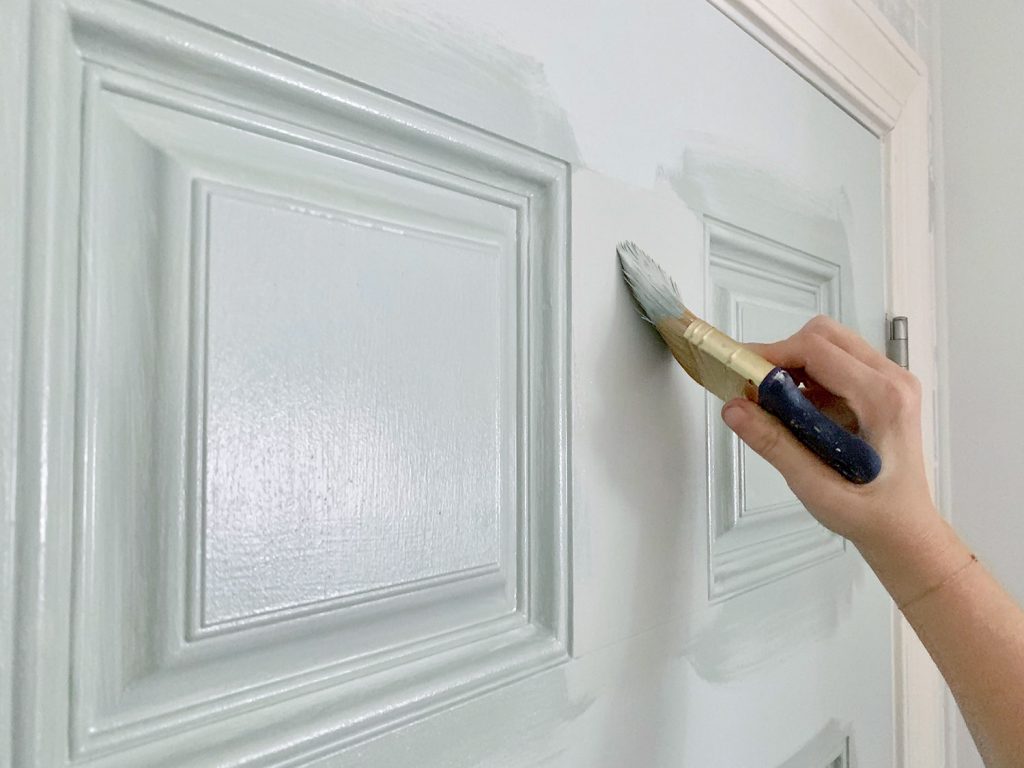7 Ways To Make Painting With Gloss Easier

Walk into any DIY store right now, head directly to the paint aisle, and you’ll be met with an overwhelming selection of eggshell and satin paints that are all about fresh, muted tones that are discrete and calm.
While that’s good and all, there is no beating a good gloss paint on a surface. I am a big fan of dependable gloss paint in rooms, especially on the likes of your doors and frames (i.e. things you’ll be dusting down and washing every once in a while). People often feel a little wary of using paint, though. It’s seen as the kind of paint you can easily make easy mistakes with when painting around, and outside, the home.
So what can I do to show that painting with gloss is easier than you think? By highlighting some tips/ painting hacks that make using gloss paint a doddle. With some guidance from the fantastic paint experts at The Paint Shed, here are seven ways you can make a painting with gloss easier.
Wet and dry before you apply

Show me someone who doesn’t wash and dry their surfaces before painting, and I’ll be looking at someone who doesn’t know how to paint!
Please. Never think about using gloss paint without cleaning first. A quick wipe and pat dry will provide a marked difference than going straight at it. And if you’re popping a primer or undercoat on before using gloss paint, clean it beforehand. Primer is there to prime; not clean up.
Thinning out a little

Gloss paints are thick by nature. If you find that your gloss paint is having a terrible time adhering to your brush or roller, and even a little dip is seeing blotchy rolling on the wall, use a little bit of paint thinner. Once you feel it is easier to work with, you can paint as normal and expect the same gloss finish.
Roll with the punches (or lack thereof)

Do you know that scene in The Simpsons where Mr Burns is in a supermarket comparing “ketchup” and “catsup”? You might find yourself in the same situation when comparing paint rollers. When using gloss paint, get a short nap roller; about ¼” is best. A shorter nap helps create a smoother finish with less distance for the paint to travel.
The door on the floor

Are you using gloss paint on a door? Have you carefully taped over the skirting board, handle, and hinges to prevent paint coming off the door. And have you got something to rest your knees on while crouching to paint? If you said yes, you’re not painting a door correctly. Get it off the hinges and on the floor.
Not only will it prevent gravity from causing drips to show if you’ve used too much paint, but it is simply too easy to paint an object like a door when you have it off the hinges and able to move around. It’s such an obvious tip that you’ll feel a little stupid if you’ve never bothered to do it before.
Also, if the door is painted outside, you’re looking at faster drying times.
Wearing too many coats

If you were to get up right now, go to your wardrobe and put on three coats at once, you’d look right silly, wouldn’t you? Well, why do it with paint? A common mistake I see is when those unfamiliar with paint move the brush back and forth over small areas like they’re trying to slap with the paintbrush. If you dip, apply, dip, apply in quick succession, you’re overloading and essentially trying to put two coats of paint on in one go.
Just don’t do it. Always underestimate your application and never feel the temptation to over brush. It’ll leave your first coat of gloss looking way too thick. And never start applying a second coat when the paint is touch dry. Touch dry and recoatable have two completely different time frames, so always go as long as you can for recoating, based on what the tin says, to get your next coat looking the part.
Start sanding

In an ideal world, as soon as the gloss paint touches the surface with your delicate touch, it will adhere as if by magic to give you a perfectly smooth finish. But that only ever works in painting fairy tales. You might be surprised to learn that one way to help gloss paint look like it has the smoothest finish you’ve ever seen on any surface is to start sanding it.
It may sound entirely counterproductive to take the time to paint something and then start sanding it down, but I’m not suggesting you grab heavy grit sandpaper and get to scrubbing. When you have your first coat of gloss down, and it has fully dried, you’ll be able to see where those little bumps and imperfections lie. Grab some ultra-fine sandpaper, the finest you can find, and go over that first coat.
By buffing it out, you’re going to give that second (and hopefully final) coat the best chance possible to look smooth.
Light as a feather

So what to do when you get to a corner and odd angles? You don’t want to be left with blotches or obvious lines showing up, which is why feathering is your best friend.
Feathering means that you are looking to “feather” with your brush on the edges, having the brush pull a little from your area to the next. Think of it like trying to drag a feather. Do it right, and the paint will blend perfectly. I recommend giving it a go on some spare wood first to see how you get on
Now get to glossing!
I hope you found these tips for painting with gloss handy. Remember, gloss is much easier to work with than you think. You just need a little patience, and you’ll end up with a rewarding finish from your paint job.


